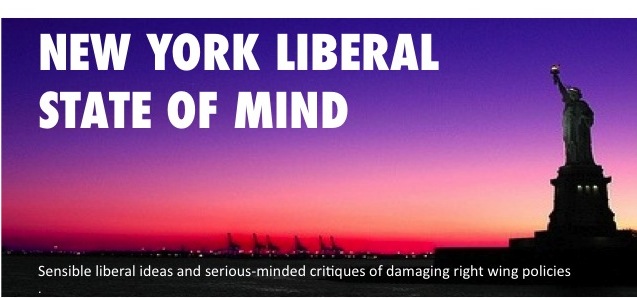When Joseph Stack flew his plane into the IRS building in Austin and his manifesto was published, I admit my knee jerked and I said "terrorist" to myself. Well, truth be told, I said "right wing terrorist."
His political jeremiad aside, I now think Stack is not a terrorist at all as we understand the word in the 21st century. He sort of shared similar beliefs with some already identified terrorists and he acted a lot like terrorists generally do. In this case, though, Stack doesn't pass the smell test.
Aside from the people who were victimized by him (and their family and friends) and the extensive property damage, does anyone feel exactly terrorized by his act? I would venture that the answer is a firm "maybe" verging toward a soft "no." There are good reasons for this.
First, we know that there will eternally be lone nuts out there ready to act horrifically who are motivated by a variety of beliefs and impulses, some political, some personal, occasionally a blend of the two as was the case with Stack. (There are, as well, psychopaths for whom reason is never in season. There is also the terror of organized crime and drug cartels, other castes altogether.)
Second, Stack's sense of personal victimization at the hands of government clearly shoved him into what he considered "political" beliefs. If the IRS had magically dropped its case against him, his plane would still be on a runway ready to whisk him to his next contract job. If Stack had remained relatively prosperous and still developed a theory of social inequity - a la Jefferson, Washington, Franklin, and even Lenin and Trotsky - then we might be able to view his acts as political.
Third, there is no Stackian Liberation Army lurking about, ready to strike again. Might there be other radical tax protesters willing to act? Possibly. These are very edgy times. But you can be sure such radicals didn't train with Stack, nor read polemics by Stack, or congregate in a radical, anti-tax madrassa established and funded by Stack or shadowy associates.
At least in my book terrorism has to have three components. There has to be a group. The group has to have an ideology or defined political goal, not just a set of personal gripes. The effort to terrorize has to be ongoing, concerted and somewhat consistent, if not constant.
I think of our current battle with Islamist extremists as fitting the bill. And the OK City bombing. The French Reign of Terror. The terror that Japan inflicted on Korea and Manchuria. The Holocaust. Stalin's collectivization terror. Our own terrorism against Native Americans. The Killing Fields of Cambodia. The Algerian uprising against Franch colonialism. The Irish campaigns against the British (and vice versa). I cite these not because of the scale of terror, but rather because in each case they were performed by a cohesive group with a set ideology or goal and were carried out over some period of time.
People were terrified.
As the old blues saying goes: "When Jesus gets you, that's a church song. When the Devil gets you, that's the blues."





















